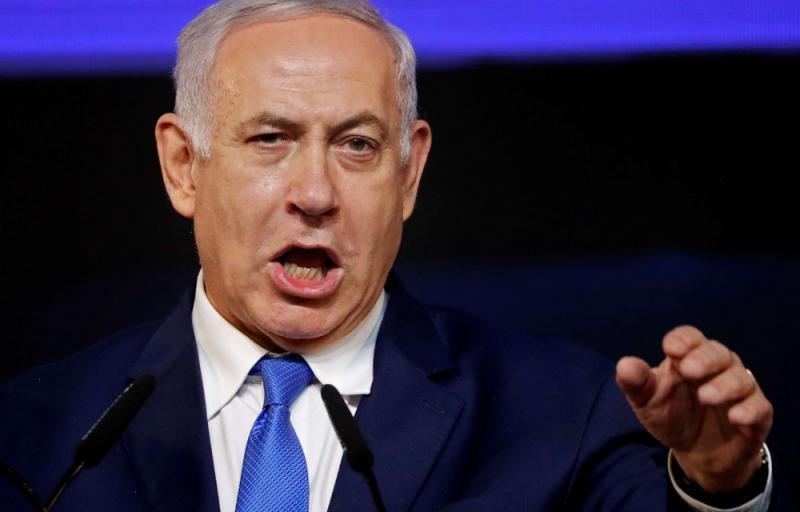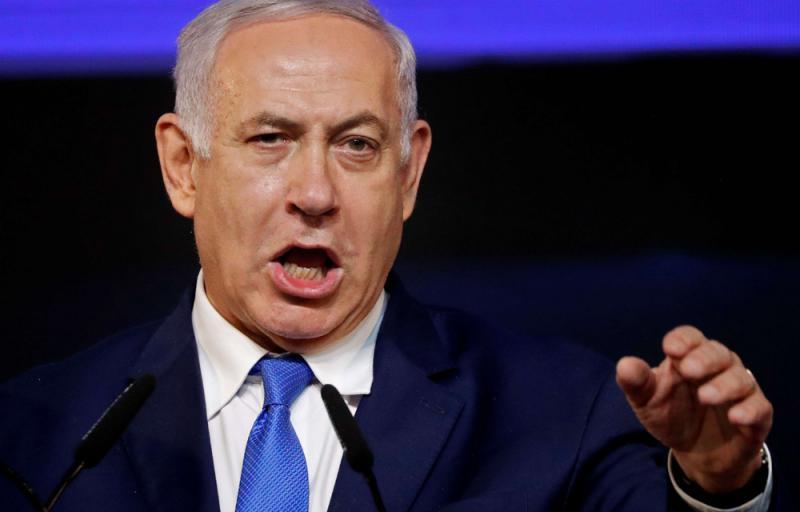Next chapter in ‘Deal of the Century’: Israeli annexation of Jordan Valley
Israeli Prime Minister Binyamin Netanyahu chased down US Secretary of State Mike Pompeo on December 4 in Lisbon. Netanyahu would have preferred to see Pompeo and US President Donald Trump during the NATO summit in London. A short tete-a-tete in the British capital would have offered a more regal backdrop for both leaders, each of whom is consumed by the political battle of their lives.
Trump and Netanyahu have constructed a mutually beneficial relationship that each wants to weaponise in their respective campaigns for political survival.
Netanyahu is famed for his transactional approach to diplomacy. Remember his advice to the Palestinians: “If they give, they get.” Trump has reduced international affairs to the same equation.
For Netanyahu, Lisbon and Pompeo may be second best but the embattled Israeli leader sees Washington as an important prop in his campaign to remain prime minister — and stay out of jail.
This is the essential background to the spike in discussion concerning Israel’s annexation of the Jordan Valley, an arid plain comprising about 25% of the West Bank between the Jordan River and the mountainous spine between Nablus and Hebron.
The next instalment of the Trump administration’s Deal of the Century may well be unilateral US recognition of Israeli sovereignty of this region, aimed at foreclosing the creation of a Palestinian state altogether.
Israeli control of the area has been its strategic objective since the conquest in June 1967.
Within three weeks of the war, Yigal Allon formulated the plan bearing his name, which proposed annexation of a security belt 10-15km wide running the length of the Jordan River Valley, “including a minimum of Arab population… as an inseparable part of Israel′s sovereign area and the quick establishment of Jewish civilian and military centres.”
Unlike East Jerusalem, where Israeli law and jurisdiction were applied within weeks of the June war, the Jordan Valley was never annexed. Under the guise of the policy of “deciding not to decide,” successive Labour- and Likud-led governments instead promoted a policy of civilian Israeli settlement throughout the region.
“The frontier [border],” explained former Israeli Prime Minister Golda Meir, “is where Jews live not where there is a line on the map.”
Netanyahu believes that Trump’s policy of recognising the “facts on the ground” created during almost one-half century of colonisation is tailor-made for the strategy adopted by Meir and every subsequent Israeli prime minister.
Until Trump, the United States sought to accommodate Israel’s security requirements in the Jordan Valley without foreclosing the prospect of Palestinian sovereignty there. Diplomacy during the Obama presidency, for example, focused on fruitless discussions between the United States and Israel over the duration and extent of Israel’s military presence in the Jordan Valley in the context of an agreement with the Palestine Liberation Organisation (PLO).
Trump’s actions turn US policy on its head. As it contemplates the next instalment of the Deal of the Century and Netanyahu’s need for US support in his escalating political battles, the key features of Trump’s policies are clear.
Trump’s declarations on Jerusalem, the Golan and settlements have been unilateral US announcements framed by Netanyahu’s political agenda and Israeli “facts on the ground.” Indeed, US policy in some respects — concerning recognising Israeli sovereignty on the Syrian Golan Heights, for example — go beyond what Israel itself has legislated.
On the Palestinian Territories, Trump actions famously reject a diplomatic framework based on a negotiated outcome centred on an end to occupation and the creation of a Palestinian state at peace with Israel. Netanyahu has taken this cue from Washington and feels free to declare his intention to annex.
Trump’s actions offer a vital tailwind to the settlement and annexationist agenda embraced by a majority of Israel’s electorate. The recent Israeli decision to turn the market in downtown Hebron, closed since the Goldstein killings almost three decades ago, into a new settlement area reflects the sense of opportunity among Israel’s right wing created by Trump’s unprecedented support.
“[The Hebron decision] is the result of the US government’s attempt to legitimise the settlements, the next decision in this spirit will be annexation,” observed PLO Secretary-General Saeb Erekat.
Indeed, before leaving for Lisbon, Netanyahu outlined his annexationist agenda: “[The] conversation, with… Pompeo, will focus primarily on Iran and on two other issues: The defensive alliance with the US, which I would like to advance, and future American recognition of applying Israeli sovereignty to the Jordan Valley. These are very important issues; we are dealing with them all the time.”
Israel and the PLO rarely agree on anything so when they do it is worth taking note. Both view the annexation option as the current direction of Washington’s policies. Israel will continue its successful campaign to push Washington to realise what Netanyahu recently described as “the historic opportunities… to establish the Jordan Valley as the recognised eastern border of the State of Israel.”
Given the disarray in Israel’s political affairs, it will be up to Washington rather than Jerusalem to take the initiative in the coming months to promote annexation, perhaps in a presidential proclamation such as the one concerning Israeli sovereignty on the Golan issued by Trump last March.
Geoffrey Aronson is a non-resident scholar at the Middle East Institute in Washington.
This article was originally published in The Arab Weekly.







